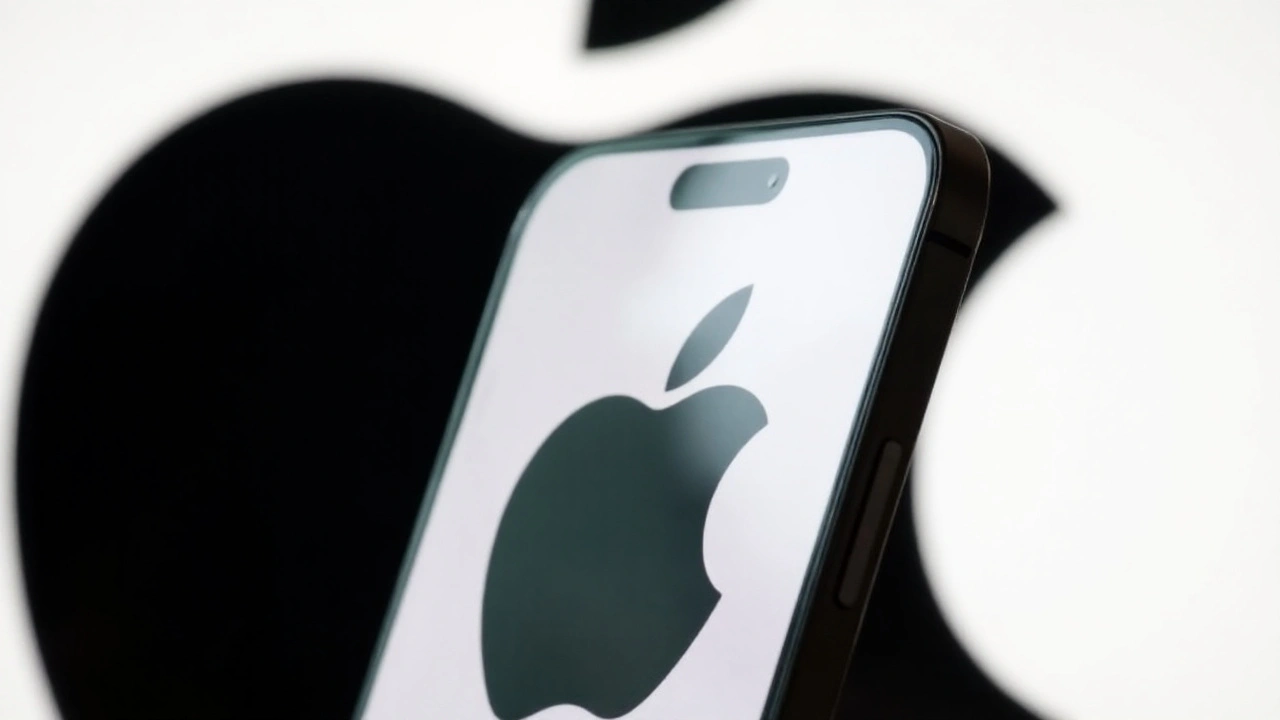Ultra-Thin iPhones – What’s New and Why They Matter
If you love a phone that slips into any pocket, you’re probably eyeing the ultra‑thin iPhone lineup. Apple keeps shaving off millimetres to make devices feel lighter while still packing power. In this guide we break down the latest design moves, what they mean for everyday use, and how to protect your sleek device.
Design Trends Driving the Thinness
The biggest driver is the move to edge‑to‑edge displays. By removing bezels Apple gains a larger screen without expanding the chassis. New glass composites also let the phone stay sturdy even when it’s only about 6 mm thick. Inside, components are stacked tighter and newer chips run cooler, so there’s less need for bulky heat sinks.
Another trend is the use of recycled aluminium. It’s lighter than older alloys but still strong enough to survive daily drops. This shift also aligns with Apple’s sustainability goals, which many buyers appreciate.
How to Keep Your Ultra-Thin iPhone Safe
A thin phone can be tempting to slip into a back pocket, but that’s a recipe for wear and tear. A slim case made of TPU or leather adds barely any bulk while guarding the edges. Screen protectors are a must – they stop scratches from keys or coins without affecting touch sensitivity.
Watch out for heat. Thin bodies can get warm faster during gaming or video editing. If you notice the back heating up, give it a break and avoid charging while using intensive apps.
Battery life on ultra‑thin models often matches larger phones because Apple optimises software to run efficiently. Still, keep an eye on settings like background app refresh and high‑brightness mode; they can drain power quicker than you expect.
When it comes to accessories, choose a magnetic charger that aligns perfectly with the back of the phone. The magnetic connection ensures fast charging without fiddling with cables and works well with thin designs.
Finally, remember that thin phones are more likely to bend under extreme pressure. Avoid placing heavy objects on top of your iPhone or sitting on it for long periods.
Whether you already own an ultra‑thin iPhone or are waiting for the next release, these tips help you get the most out of a device built for comfort and style. Stay tuned to our tag page for breaking rumors, hands‑on reviews, and real‑world advice that keeps your slim phone performing at its best.

iPhone 17 Air at 5.5mm: Apple Bets on Ultra‑Thin, eSIM‑Only iPhone for 2025
Apple is lining up the iPhone 17 Air for September 2025 with a 5.5mm body, a 6.6-inch display, and eSIM-only connectivity worldwide. It’s reportedly 33% thinner than the 16 Pro, weighs around 145g, and swaps multi-camera hardware for a single 48MP rear shooter. Expect compromises—smaller battery, single speaker—but also strong performance with 12GB RAM and possibly an A19 Pro chip.